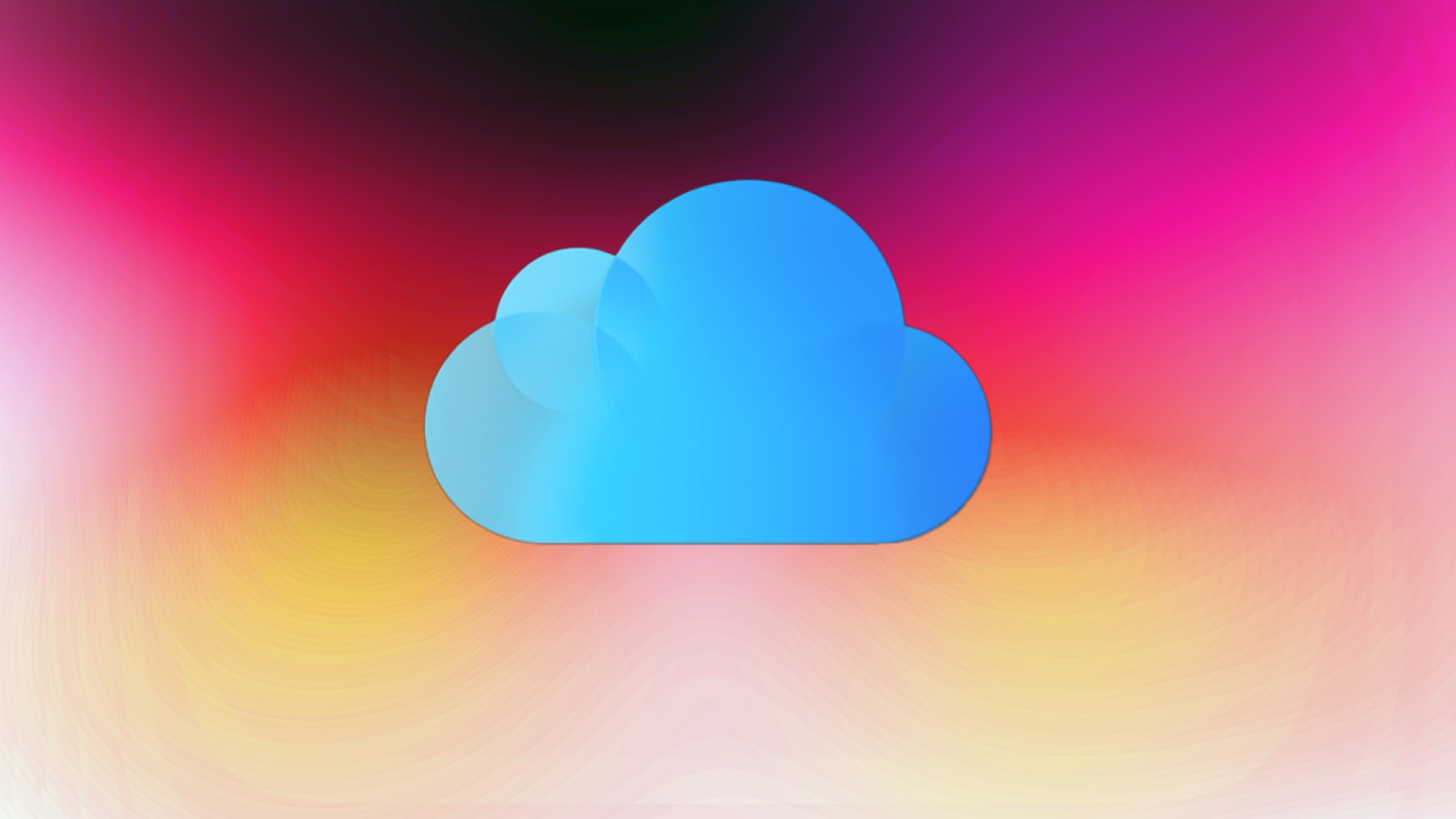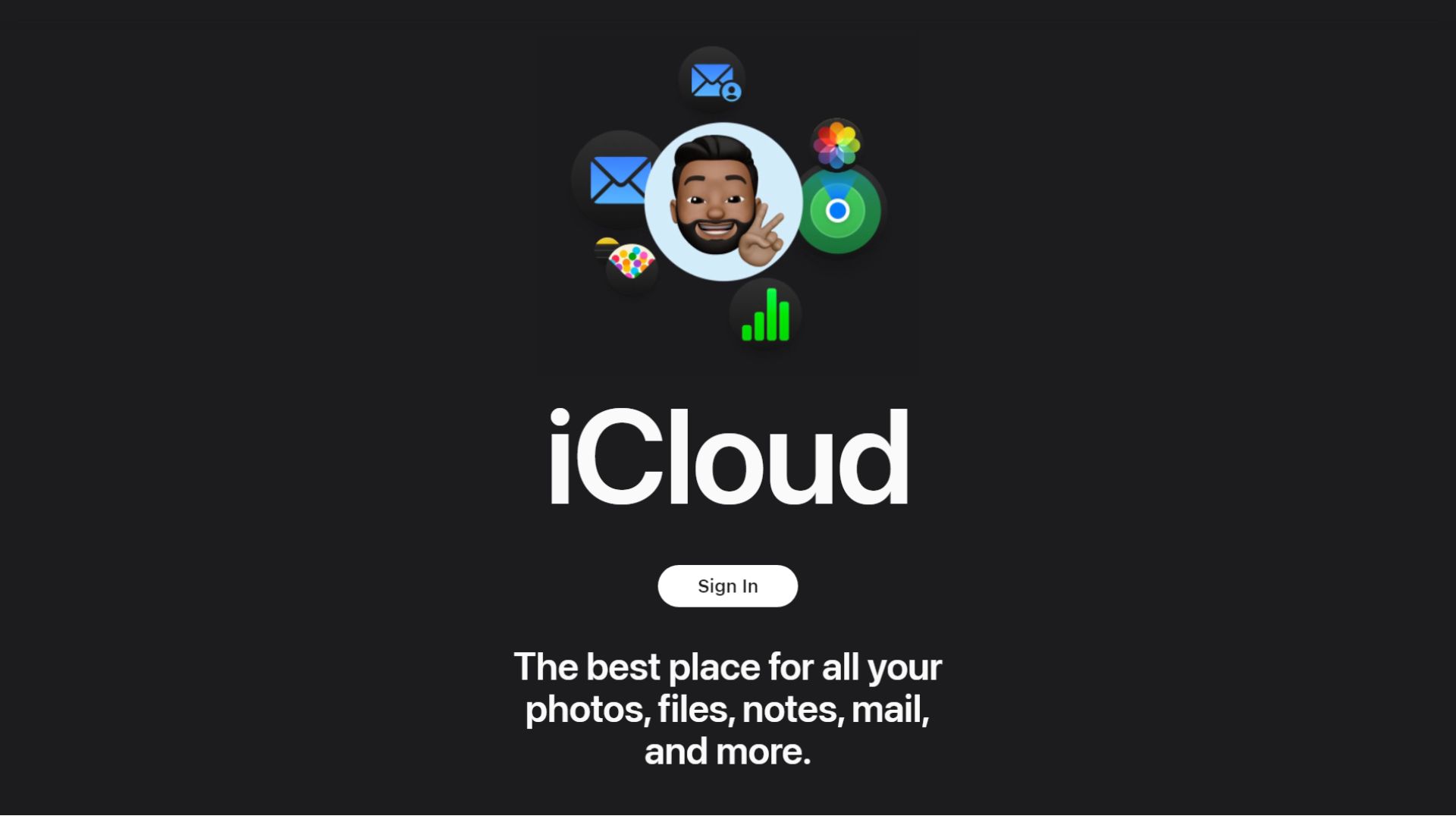Discover how to back up your smartphone using Google Drive or iCloud and safeguard your data in the process.

Taking a backup of your data is crucial, especially in today’s digital age, due to the risk of hacking or losing your device. Losing your data is a likely possibility. For PCs and Macs, taking backups can be done locally; however, the process is not as convenient for smartphones. Surprisingly, the goal, i.e., backing up your data, is the same on smartphones and PCs.
iPhones and Androids rely on cloud services, but for PCs, you can choose between cloud and local storage. That said, here is how you can take backups in Google Drive and iCloud.
What Google Drive and iCloud Backups Do

Mobile backup solutions, such as iCloud, store your photos, videos, messages, contacts, device settings, app data, purchase history, and Visual Voicemail. It also stores your screen layouts, ringtones, and health data and syncs them across your Apple devices. What Google Drive does is it automatically saves contacts, calendar events, SMS messages, Wi-Fi passwords, wallpapers, Gmail settings, apps, display settings, and app data. Note that Drive cannot directly back up photos; it relies on the Google Photos app, and for that, you need to give it proper permissions.
Setting Up iCloud Backup
Navigate to Settings, then select [your account name]. Next, go to iCloud > iCloud Backup, and then tap “Back Up Now.” After that, verify the completion by checking the date and time stamp below the backup option.
Setting Up Google Drive Backup

Open Settings, tap Google, then go to All services. Select “Backup and restore” and turn on “Backup your device with Google One.” Choose the desired data type. For photos, you need the Google Photos app. You can also use manual backups if you prefer not to use the Autosync feature. Here’s how you can do it.
Navigate to Settings, then select System, and choose Backup. Click “Backup to Google Drive.” Choose your Google account and tap “Back up now” to start the backup process.
Storage Limits and Costs
Google provides 15 GB of free storage shared across Drive, Gmail, and Photos. Google also has an upgrade path, which includes 100 GB ($1.99/month), 200 GB ($2.99/month), and 2 TB ($9.99/month) packages.
Apple offers 5 GB of free iCloud storage. It also has plans that extend to 12 TB with iCloud+ and offers services like iCloud Keychain, iCloud Private Relay, and HomeKit Secure Video, making it more alluring to the end user.
Cross-Platform Backup Options
Google Drive supports cross-platform access, which can be limited at times via third-party apps. As a result, it cannot replace iCloud’s native integration. Android users can also utilize third-party apps, such as Sync for iCloud Contacts, to sync contact data between their Android device and iCloud. However, for a complete Android system backup, using native Google Drive or Samsung Cloud is the recommended approach. Lastly, Apple users can use Google Drive and enjoy some of its features.
We provide the latest news and “How To’s” for Tech content. Meanwhile, you can check out the following articles related to PC GPUs, CPU and GPU comparisons, mobile phones, and more:
- 5 Best Air Coolers for CPUs in 2025
- ASUS TUF Gaming F16 Release Date, Specifications, Price, and More
- iPhone 16e vs iPhone SE (3rd Gen): Which One To Buy in 2025?
- Powerbeats Pro 2 vs AirPods Pro 2: Which One To Get in 2025
- RTX 5070 Ti vs. RTX 4070 Super: Specs, Price and More Compared
- Windows 11: How To Disable Lock Screen Widgets
 Reddit
Reddit
 Email
Email


